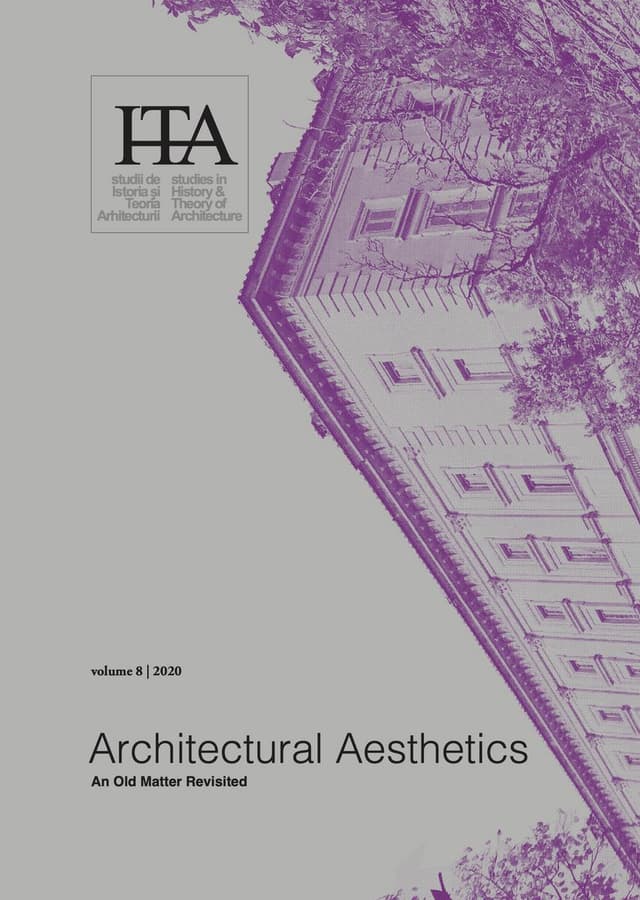The Socio-spatial Aesthetics of Raumbildung
by
Oliver Sack
Keywords
Raumbildung
relative autonomy of architecture
aesthetic experience
enclosed spatiality
outward-orientation
atmosphere
This article addresses architectural aesthetics by focusing on the architectural phenomenon of Raumbildung (the formation of space) and its significance to the relative autonomy of architecture. Here, Raumbildung is understood as the constituent of architectural design that concerns the creation of physically defined interior and exterior spaces considered separately and in relation to each other and to open space.
Based on a critical examination of relevant concepts of Raumbildung since the 1960s, this article develops a new theory on Raumbildung in architecture, with reference to Gernot Böhme’s perception-oriented theory of aesthetics and Georg Simmel’s sociological theory of space.
It is argued that Raumbildung is the realm of architectural design, where the aesthetics and the socio-spatial, use-related purposiveness of architecture are intrinsically tied to each other. They are tied to each other as the socio-spatial meaning of Raumbildung is objectified in built space and thus sensuously to be perceived as part of the aesthetic experience of architectural space. Furthermore, the socio-spatial effect of Raumbildung is intrinsically linked to this aesthetic relation. It is in this way that, at the level of Raumbildung, the realm of aesthetics and that of use, practical life, and social reality are indeed interrelated, and this is the argument that qualifies the aesthetics of Raumbildung as socio-spatial aesthetics.
Published in

Chicago citation style
DOI:
10.54508/sITA.8.03